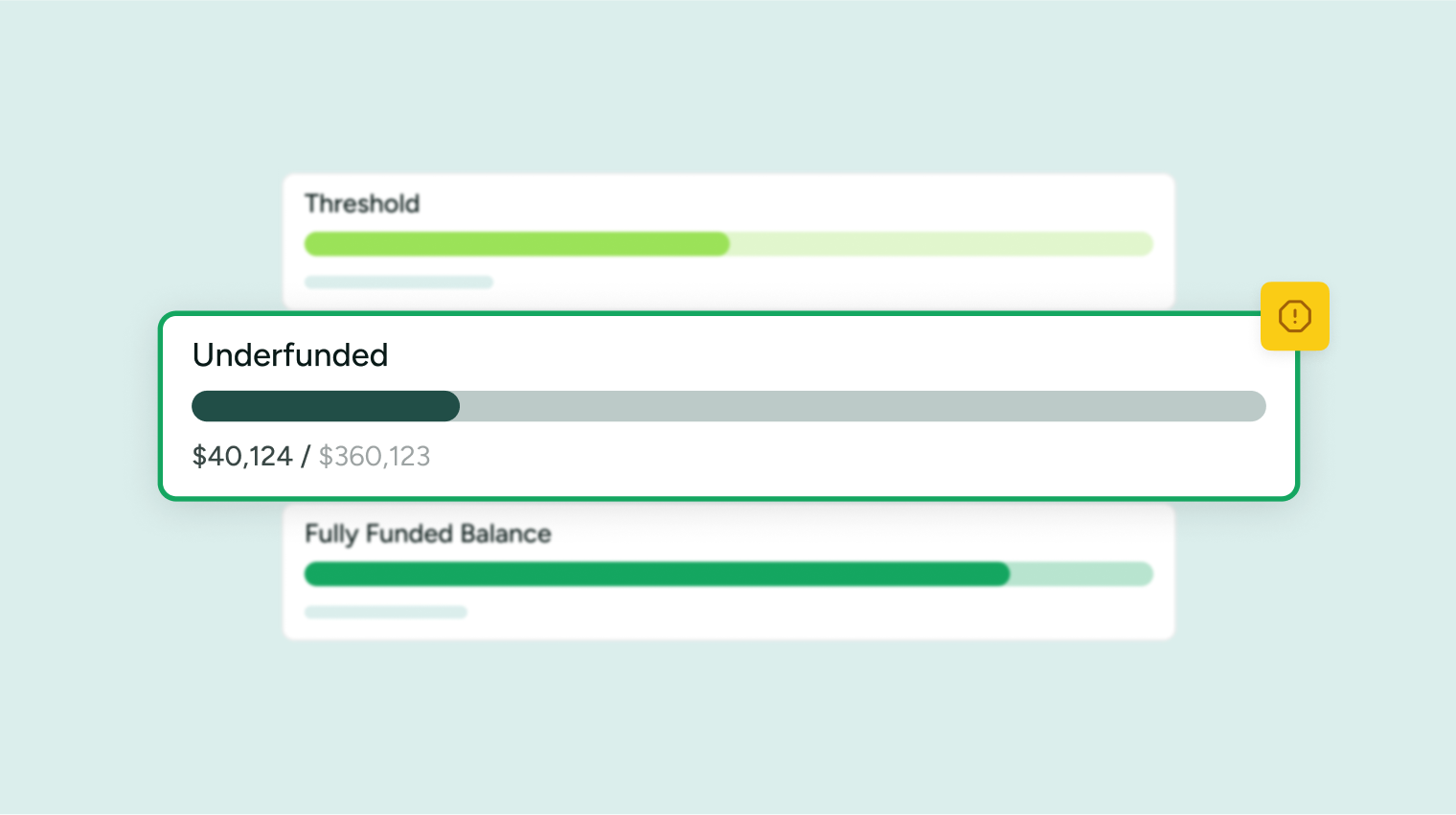Threshold Funding Essentials: Optimizing HOA Reserve Fund Management


Understanding Threshold Funding
Effective management of HOA reserve funds hinges on understanding threshold funding. This method ensures the reserve balance stays above a minimum level at all times, providing stable funding and fair contributions over time.
Importance of Reserve Fund Thresholds
Threshold funding sets a baseline that helps the HOA maintain sufficient reserves for future repairs and replacements. The goal is to keep the reserve balance above a minimum amount consistently. This approach offers several benefits:
- Stable Funding: Ensures there are always sufficient funds available.
- Equitable Contributions: Members contribute fairly over time, avoiding large, unexpected assessments.
- Property Value Impact: A study by Davis-Stirling found that properties in associations with over 70% funded reserves had market values 12.6% higher than those with under 30% funded reserves.
Maintaining sufficient reserves is not only a financial responsibility but also a factor in preserving property values and community confidence.
Calculating and Maintaining Threshold Levels
Calculating the appropriate threshold for reserve funds involves several steps. Experts recommend aiming for at least 70% funding based on the calculated deterioration of the property, with the ideal being 100%. Here’s a simple breakdown:

To maintain these levels, board members should perform the following:
- Conduct Regular Reserve Studies: As outlined in our article what is a reserve study in HOA?, a thorough analysis every few years is essential to update component lifespans and costs.
- Adjust Assessments: Set regular and special assessments to ensure funds remain within the target threshold.
- Monitor and Update Annually: Regularly review the reserve fund, making adjustments as necessary to keep the balance within the threshold.
Understanding and implementing threshold funding strategies is vital for the financial stability of an HOA. For further details, consider reading what are the funding methods for reserve studies? and how much should you have in a reserve fund?.
HOA Reserve Studies
Purpose and Requirements
Reserve studies are essential tools for HOA board members to manage the financial stability of their associations. A comprehensive reserve study provides an in-depth analysis of property maintenance needs and ensures long-term budgeting for repair and replacement of common area components.
The primary purposes of a reserve study include:
- Offering a clear, long-term investment strategy by setting aside funds today to cover future expenses.
- Helping prioritize capital projects and maintain financial stability.
- Providing guidance on the appropriate funding levels to ensure that future maintenance requirements can be met without financial strain.
A reserve study must contain at least seven key items according to the Community Associations Institute:
- An inventory of major assets.
- Assessment of the current condition of these assets.
- Estimates of their remaining useful life.
- Cost estimates for expected repairs and replacements.
- A recommended reserve fund contribution rate.
- Funding projections over a 20-30 year period.
- Graphical and pictorial representations to aid understanding.
Conducting a Comprehensive Reserve Study
Conducting a detailed reserve study involves several critical steps. Property managers and HOA board members must follow a structured approach to ensure accuracy and reliability. Here’s a snapshot of how to conduct a reserve study.
Step 1: Inventory and Assessment
Compile a comprehensive inventory of all common area components that require periodic maintenance, repairs, or replacement. Assess the current condition of each asset to establish its remaining useful life. This step may require input from industry-accredited engineers.
Step 2: Cost Estimation
Obtain cost estimates for the repair and replacement of each component. This requires a combination of historical data, vendor quotes, and industry standards to produce accurate figures.

Step 3: Funding Plan
Establish a recommended reserve fund contribution rate. This involves determining how much money needs to be set aside annually to meet future maintenance needs. The contribution rate should provide sufficient funding without causing financial stress on the homeowners.
Step 4: Projections and Graphical Representations
Create funding projections over a 20-30 year period to illustrate how the reserve fund will evolve over time. Utilize charts and graphs to visualize cash flow and funding requirements.

By diligently following these steps, HOA board members can ensure that their reserve fund remains adequate and aligned with future needs. For further guidance, explore our articles on what is a reserve study in HOA? and what are the levels of reserve study?

Take Control of Your Association’s Future


































































